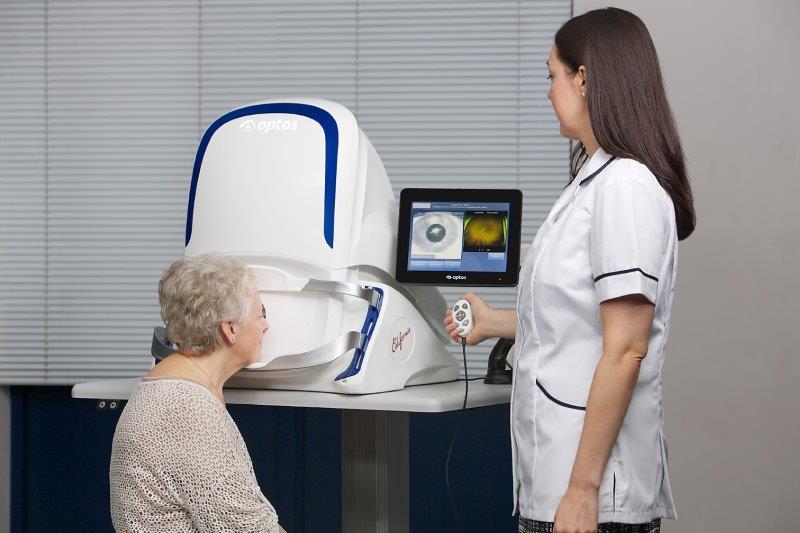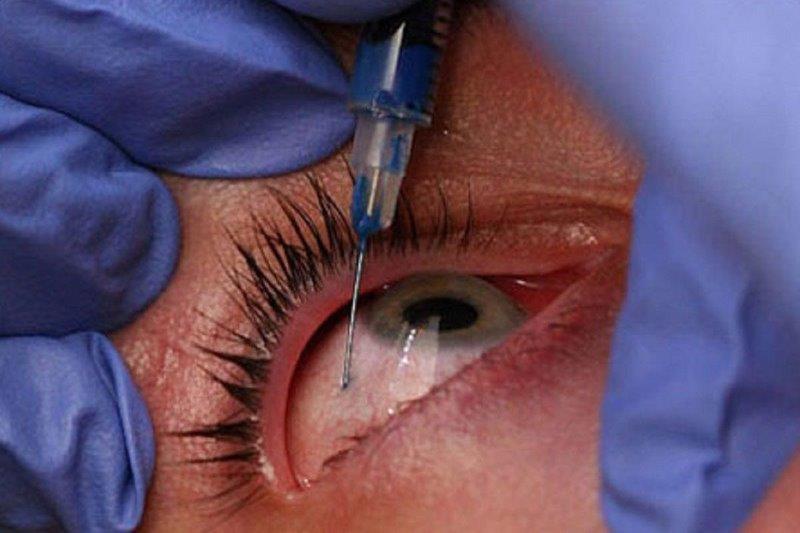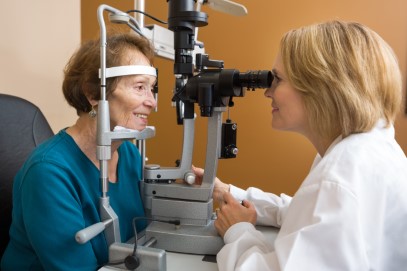ANZGS19 Glaucoma research update
The annual Australian and New Zealand Glaucoma Society (ANZGS) symposium, held this year as part of the eighth World Glaucoma Congress in Melbourne, featured the Gillies Lecture and a showcase of glaucoma research from the region’s universities.
Professor Ravi Thomas from the Queensland Eye Institute was invited to give the Gillies Lecture and was awarded the Gillies Medal, recognising his work in glaucoma in India as director of the not-for-profit, non-government eye care institution, the LV Prasad Eye Institute. Prof Thomas’ lecture focused on his journey through ophthalmology and his observations regarding the importance of the interpretation of data, emphasising how it is key to interpret findings within a clinical framework.
I represented New Zealand in this session, discussing Connexin43 in Retinal Ganglion Cell Injury, focusing on the role of glial cells in glaucoma damage. One possible reason all treatments with neuroprotection have failed is because the focus has been on the retinal ganglion cell rather than on the surrounding glial cells. Glial cells wrap around the retinal ganglion cell, so if they are producing toxic substances this will lead to retinal ganglion cell death. Thus, future treatments need to focus on the wider environment of the retinal ganglion cell.
Professor Jonathan Crowston, the former head of the Centre for Eye Research Australia (CERA) who’s now based in Singapore, spoke of the importance of mitochondria and mitochondrial stress in glaucoma. He shared his research demonstrating that aged rats who exercise show less mitochondrial stress, suggesting exercise is important in the potential health of the retinal ganglion cell.
Professor Stuart Graham from Sydney then discussed his work on new pathways that lead to retinal ganglion cell death, while professor Robert Casson from Adelaide shared some interesting work on the role of glucose supplementation in improving retinal function. Professor Bill Morgan from Perth presented his research into differences between intracranial and intraocular pressure (the translaminar pressure gradient) as a risk factor for glaucoma, noting patients with low intracranial pressure may have a higher risk of glaucomatous optic neuropathy.
Bringing this year’s session to a close, Professor John Grigg explored the role of machine learning in optic nerves, while Professor Jamie Craig from Adelaide discussed gene identification in glaucoma. Although this is not part of the clinical work-up for routine glaucoma cases, as an increasing number of genes are identified, genetic factors are becoming ever more relevant in glaucoma care.
Professor Helen Danesh-Meyer is an international authority on glaucoma and neuro-ophthalmology based at the University of Auckland and the Eye Institute.



























